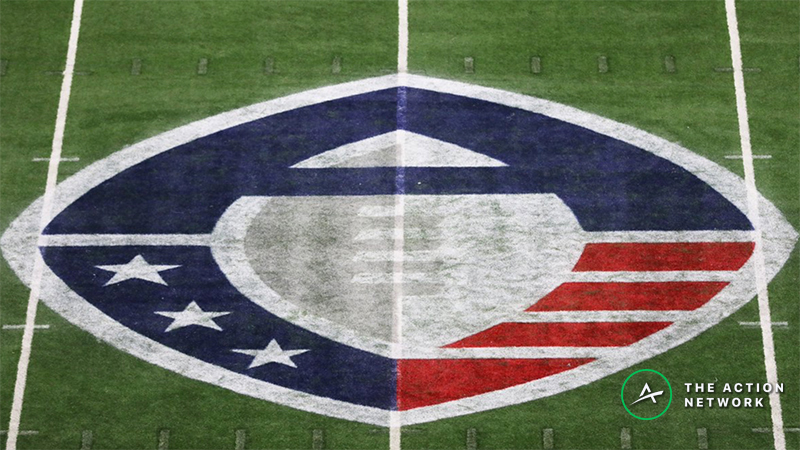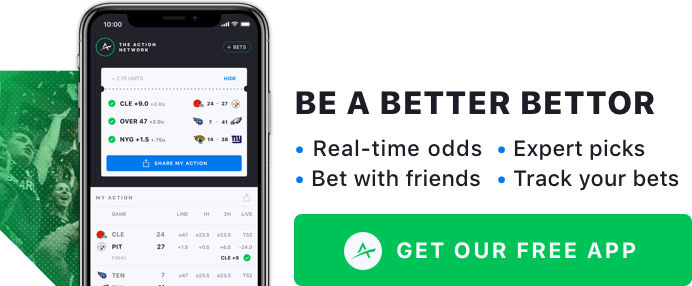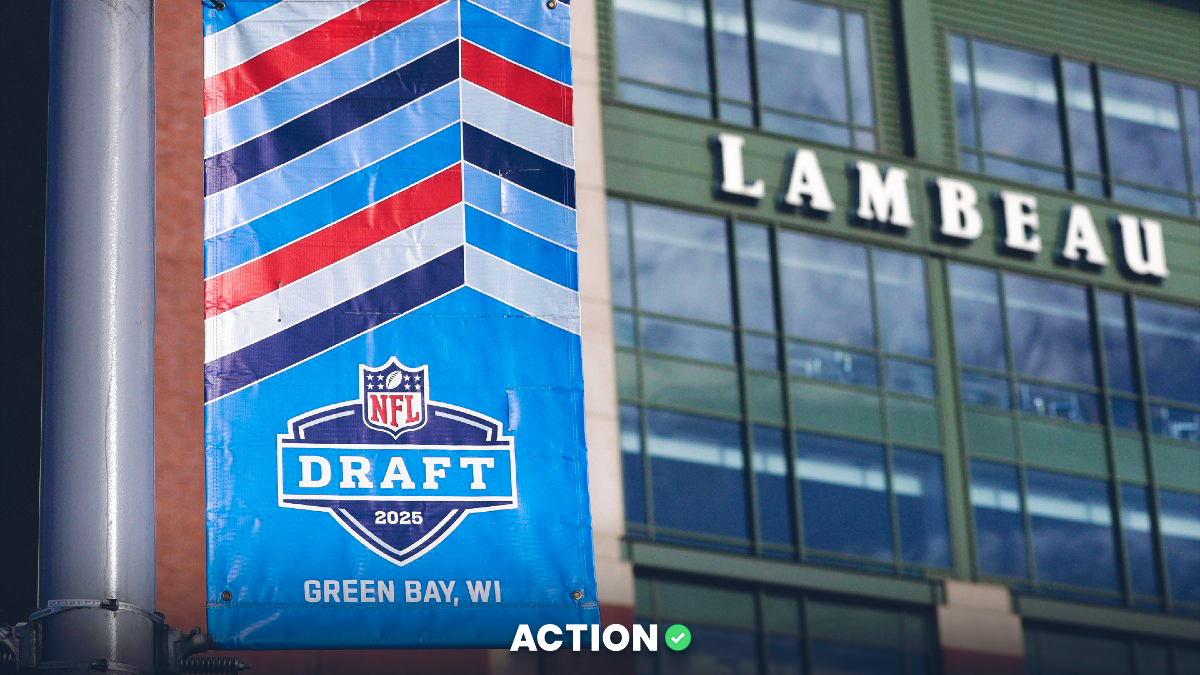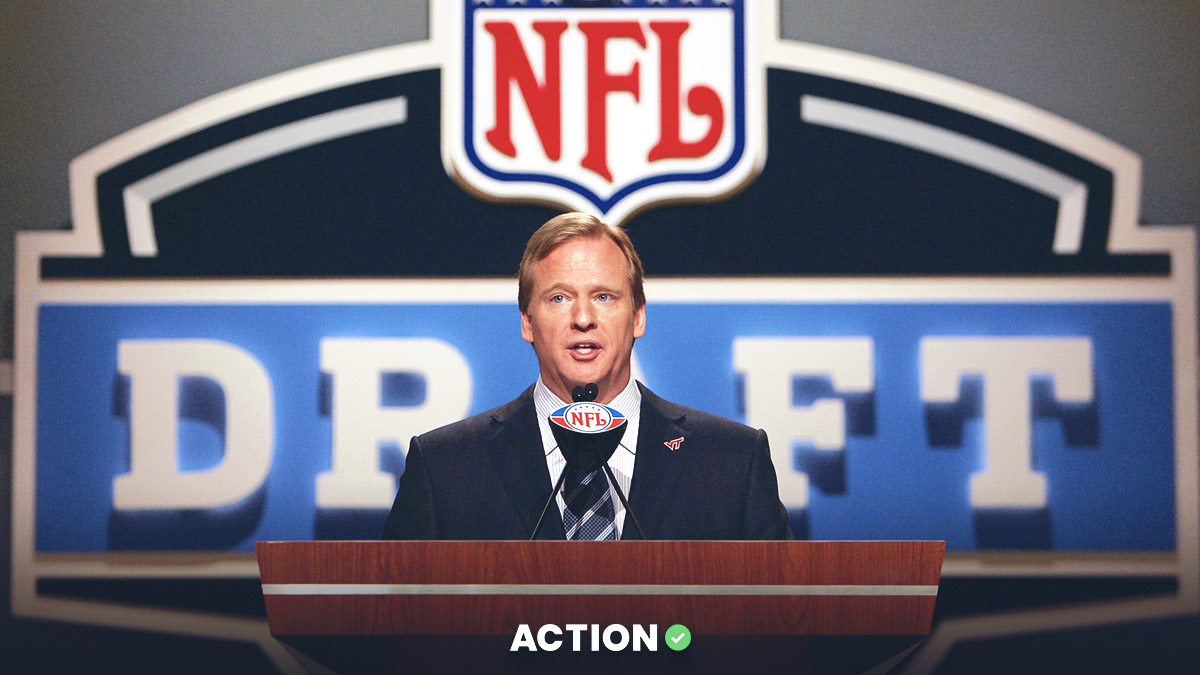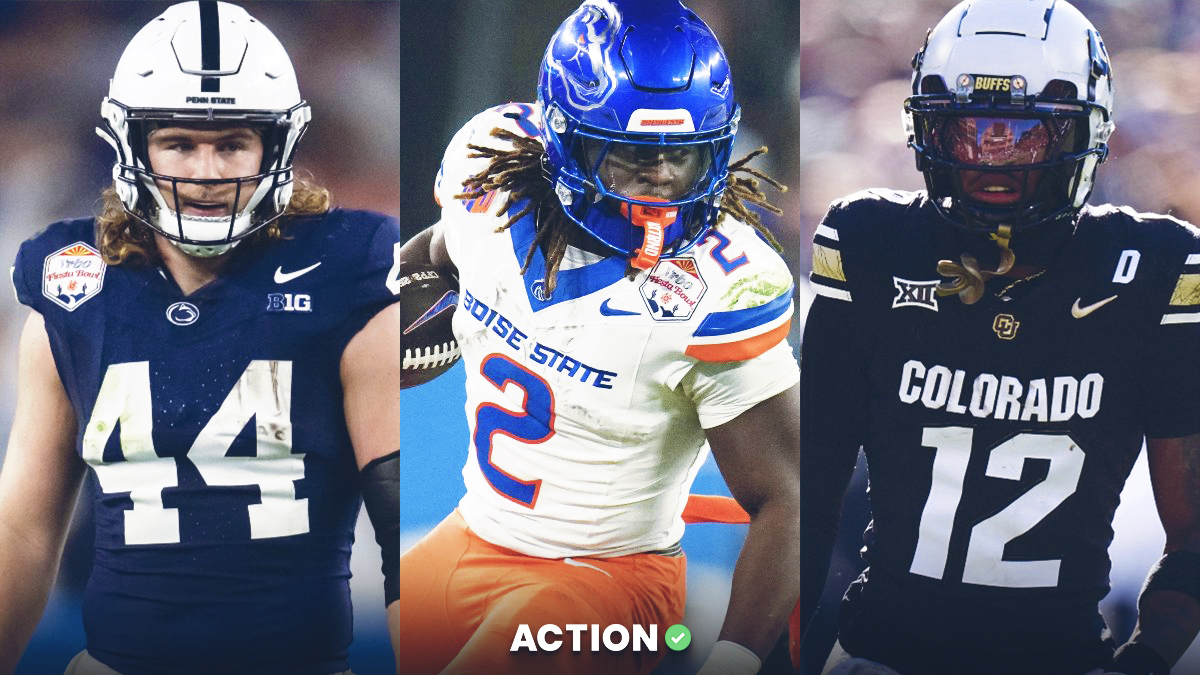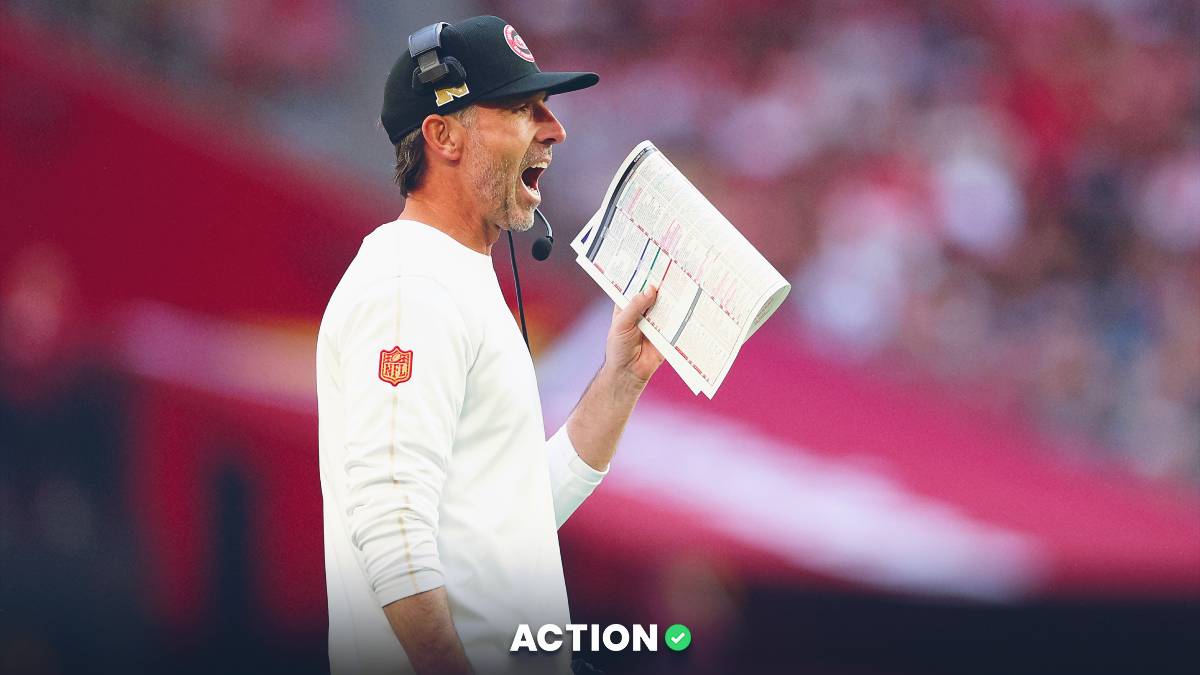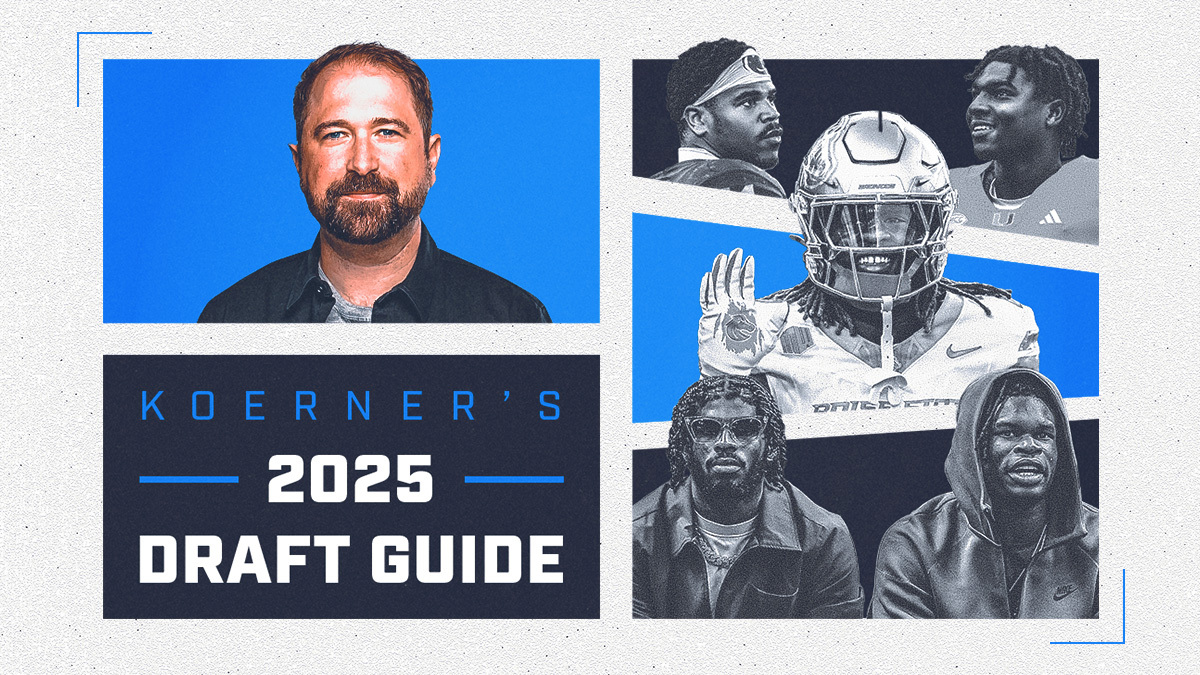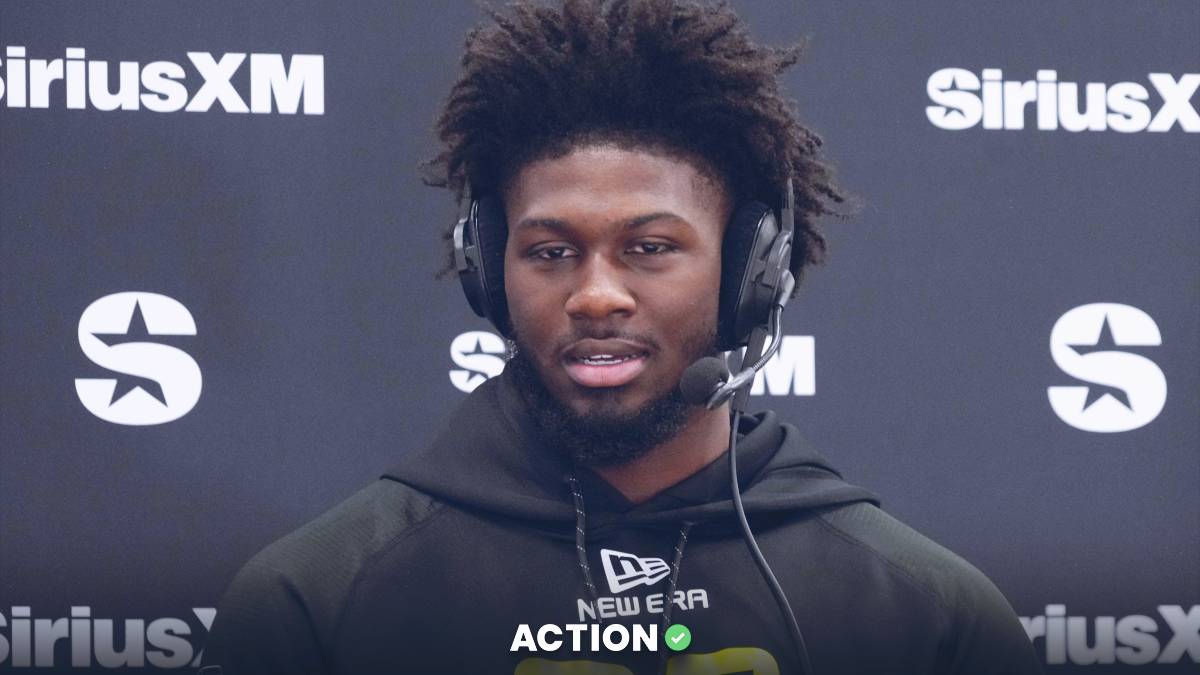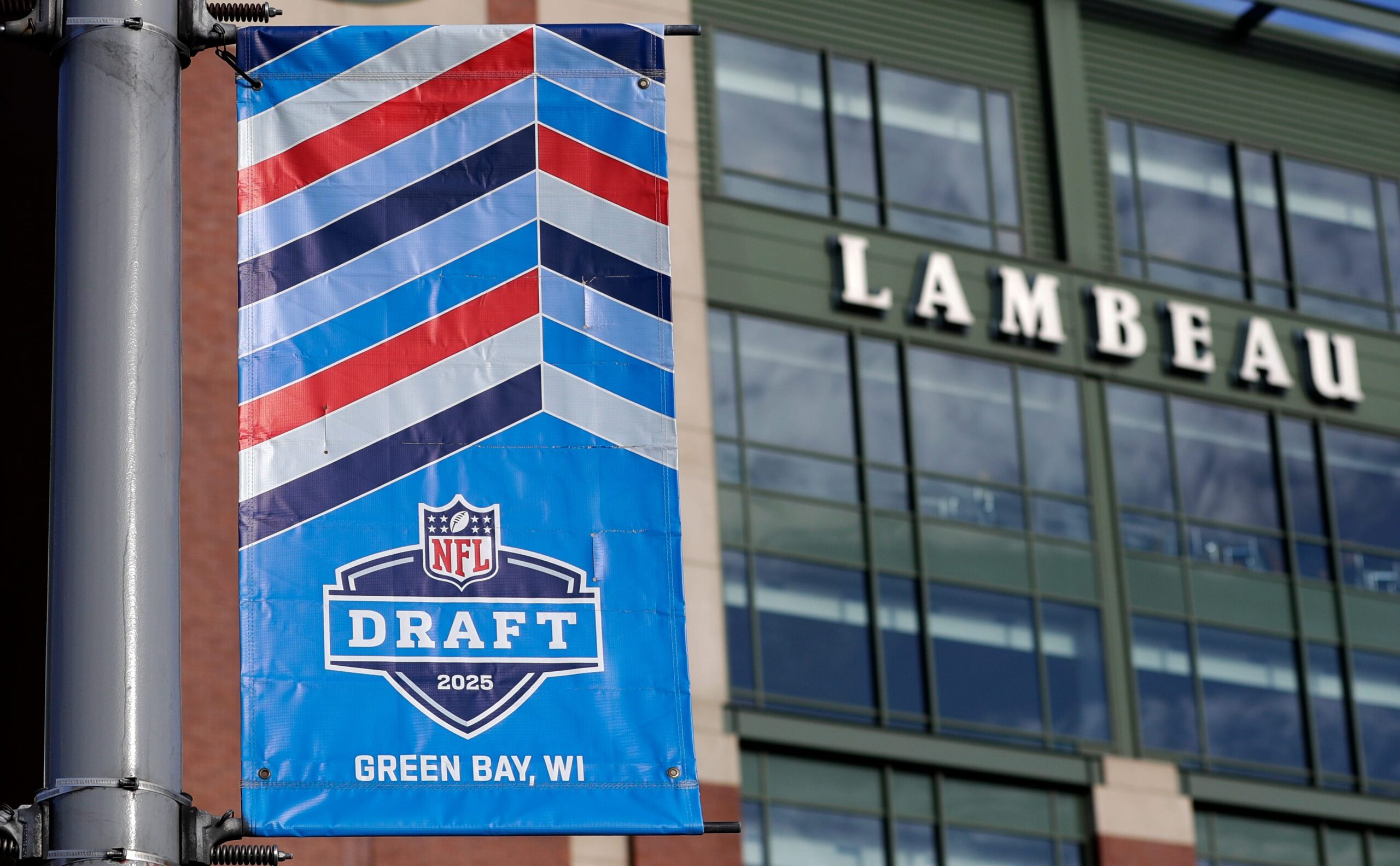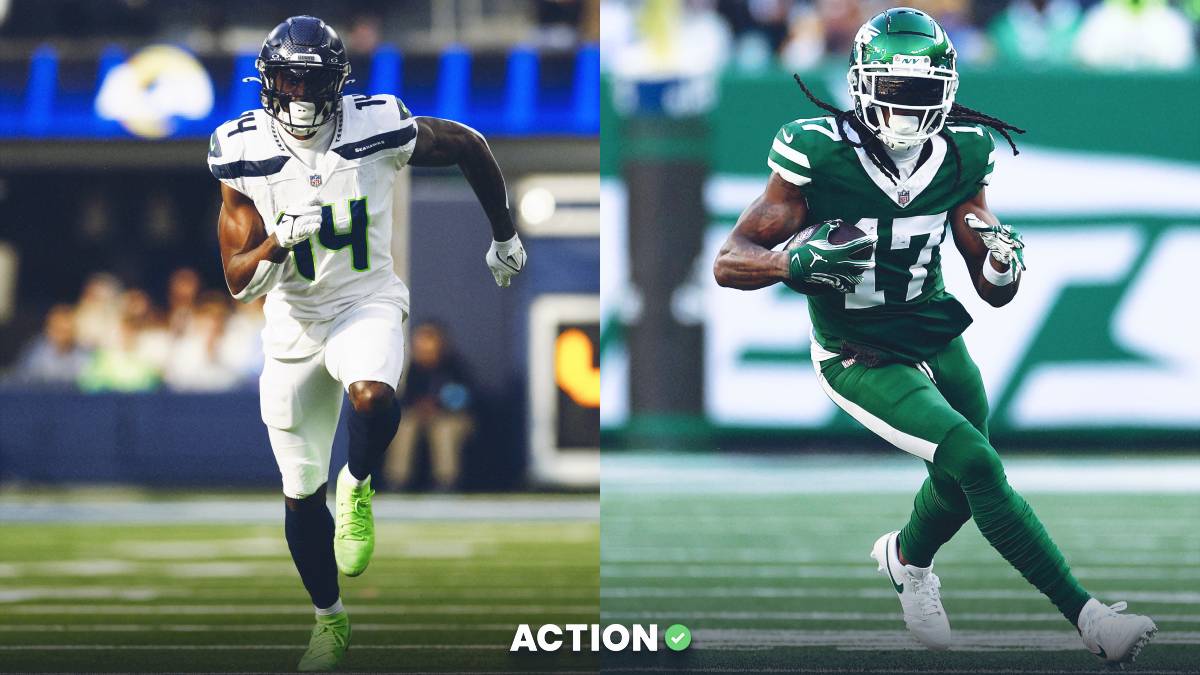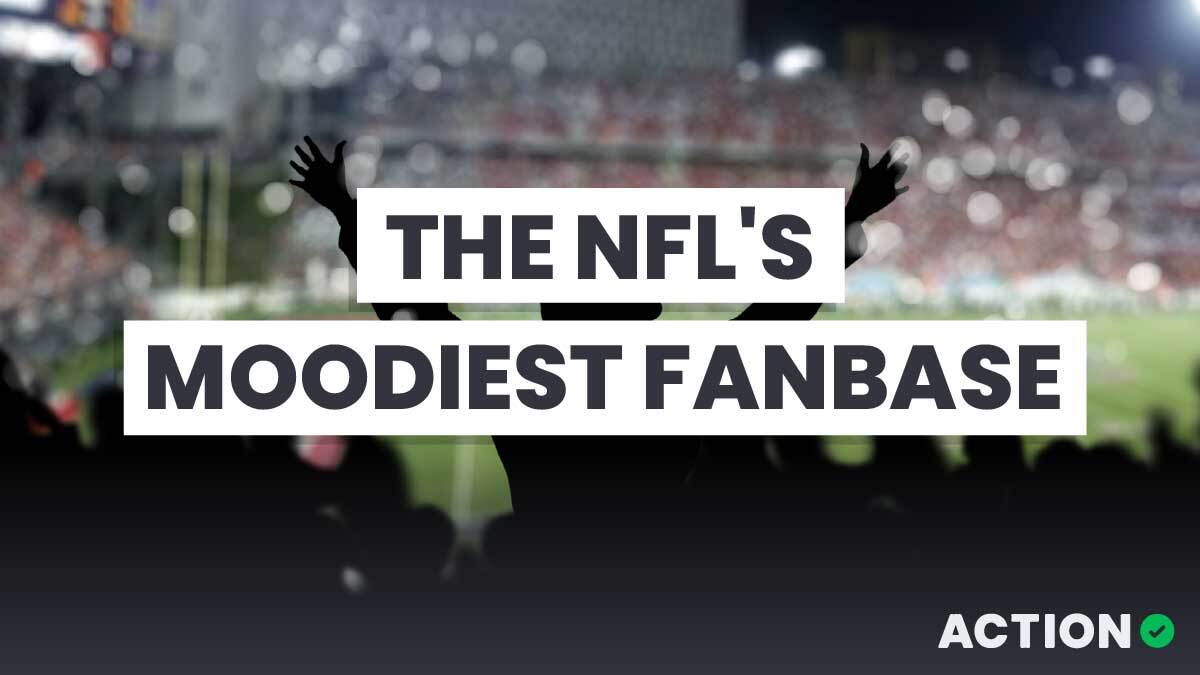When the XFL played its ill-fated season in 2001, oddsmakers didn't have much confidence in setting lines and the public didn't have much confidence on betting on it.
Play was so inconsistent and more focused gimmicks, that making real money and winning real money wasn't ever in the cards.
After the first weekend of Alliance of American Football games, it looks like we have a real product on our hands and it helps that the AAF considers faux betting and real betting an essential part of their product.
Here are five things that excite us after the first of the AAF.
1. Real Football
The default thinking had always been to get big names so that people would watch. Sure, there's Garrett Gilbert, Aaron Murray and Trent Richardson, but co-founder Bill Polian didn't want to rely solely on marquee names. That's a key insight.
If Logan Woodside and Luis Perez are good, it doesn't matter much that you hadn't heard of them before. That was obvious in Week 1.
Good football also leads sportsbooks like the Westgate's SuperBook to feel confident in booking business. And if the league can continue its momentum, more betting interest will surely follow.
"Betting on AAF is very light so far," said Jay Kornegay, vice president of race and sports at the SuperBook. "The action on the games compared to low end college hoops games. But I expect it to pick up as the public gets familiar."
2. In-Play Predicting
The iOS version of the AAF's app didn't work on Saturday night, which was disappointing to many. But even still, league co-founder Charlie Ebersol said that more than 100,000 people were on the app engaged on Opening Night.
The app allowed fans to predict whether a play would be a run or a pass and scored it. Ebersol said the app was updated on Sunday and, with Apple consumers now able to play, engagement was up another 20 percent.
"We opened up with the most basic version," Ebersol said. "We're going to tell fans to update the app every week because there will be that many changes." Ebersol said the league is going to roll out a more complex guessing game as well as a fantasy product.
3. Eye On Live Betting
One of the things that the AAF was testing with the prediction technology was how fast the lag was between a play happening and it manifesting itself on the league's app. Ebersol said the difference during the first weekend of games was two hundred milliseconds.
"We know the sportsbooks want it to be nearly immediate," Ebersol said. "So we passed that test, but now we have to work on the fact that the app is two plays ahead of what people see on television."
Ebersol said it wasn't necessarily a goal to have real betting capability with its betting partner and investor MGM in states where sports betting is now legal, but given the momentum of that could change before the end of season.
4. App Somewhat Replaces Broadcast Accessibility
Five years ago, the AAF might've been hurt by the fact that it is not accessible enough on TV, even though primetime games on Saturday and Sunday will be on the NFL Network.
The hardcore fan can catch a game on Bleacher Report Live and CBS streaming options through cable company authentication. But if bettors simply want to follow on the app, that's a fine experience, too.
As time has goes on, the bettor has become more comfortable with watching this way and it will only become more common.
The app will have supplemental content like it did on Sunday — live video of the overhead camera and mic feed — but its deal with the other properties prevents it from simulcasting the actual game broadcast on the app.
5. Timing
The AAF comes in the perfect dead period — right after the NFL season ends, when the football bug is still very much in us all … right before the NBA season starts to heat up and before the baseball season starts.
The only uncertainty is whether the interest can be maintained, especially as we get into the throes of March Madness.


